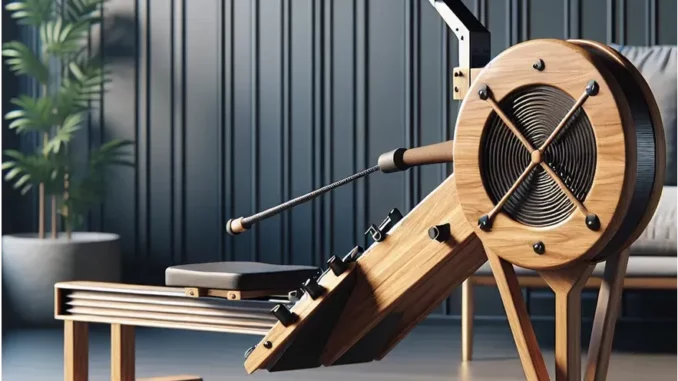
The recent ruling by the Intellectual Property Enterprise Court (IPEC) concerning the WaterRower has ignited a significant discussion within the sphere of intellectual property law. The court’s decision that the WaterRower does not qualify as a “work of artistic craftsmanship” under UK copyright law has underscored complex issues surrounding the protection of functional designs. This case has brought to the forefront the delicate balance between creativity and utility in product design, raising important considerations for designers and manufacturers alike.
Discover how Focus360 Energy can help with BREEAM certification.
The WaterRower, conceived by John Duke in the 1980s, is a rowing machine celebrated for its innovative application of water resistance combined with an aesthetic appeal. Constructed from wood, the WaterRower distinguishes itself from the traditional metal exercise equipment by offering a visually pleasing alternative. Its design has been widely recognised in prominent design exhibitions and publications, including a notable acknowledgment by the Museum of Modern Art (MoMA) in New York. Despite its acclaim, WaterRower (UK) Limited faced a legal challenge when the Hong Kong-based company, Liking Limited, produced a replica of the machine. WaterRower contended that its design was entitled to copyright protection as a “work of artistic craftsmanship” under the UK’s Copyright, Designs and Patents Act 1988 (CDPA).
The crux of the legal dispute revolves around the interpretation of what constitutes “artistic craftsmanship” under UK law. The UK’s Copyright, Designs and Patents Act 1988 requires a work to exhibit both artistic qualities and craftsmanship to be eligible for protection. This standard, however, is notably lacking in statutory definition, necessitating reliance on case law for interpretation. The precedent set by George Hensher Ltd v Restawile Upholstery (Lancs) Ltd mandates that a work must possess an inherent artistic quality beyond mere functionality to qualify. In the WaterRower case, the court found that while the design was original and aesthetically pleasing, it primarily served a commercial purpose and lacked the requisite artistic intent. The decision highlights the UK’s stringent criteria compared to the EU’s broader focus on originality, where protection is extended to works that reflect the creator’s intellectual creation, irrespective of artistic merit.
The implications of this ruling are far-reaching for designers and the broader intellectual property landscape. It underscores the challenges that creators of functional items face when seeking copyright protection under UK law. Designers may need to reconsider their strategies for protecting their creations, possibly looking towards alternative forms of intellectual property such as patents or registered designs. This case also exposes a potential gap in UK copyright law, where the rigid criteria for “artistic craftsmanship” may not align with the realities of modern design, which often involves a fusion of functionality and aesthetics. This disparity could prompt calls for legislative reform to align UK copyright standards more closely with those of the EU, especially in the post-Brexit context and against the backdrop of an evolving global intellectual property framework.
Looking ahead, the WaterRower ruling is likely not the final chapter in this saga. The decision is expected to be appealed, presenting an opportunity for higher courts to further delineate the criteria for “artistic craftsmanship” and potentially reconcile the differences between UK and EU copyright standards. Such an appeal could provide much-needed clarity and guidance for designers and manufacturers navigating the complex landscape of copyright protection for functional designs. The outcome is anticipated with keen interest, as it holds the potential to shape the future of design protection in the UK and influence international copyright norms.
The WaterRower case stands as a pivotal moment in the discourse surrounding copyright protection for functional designs. It underscores the necessity for a balanced approach that acknowledges both artistic and functional elements in contemporary design. As the design industry continues to evolve, so too must the legal frameworks that safeguard innovation and creativity. The outcomes of any future appeals in this case will be closely watched by stakeholders in the intellectual property field and beyond, with the potential to significantly impact the landscape of design protection both in the UK and on the international stage.


Be the first to comment